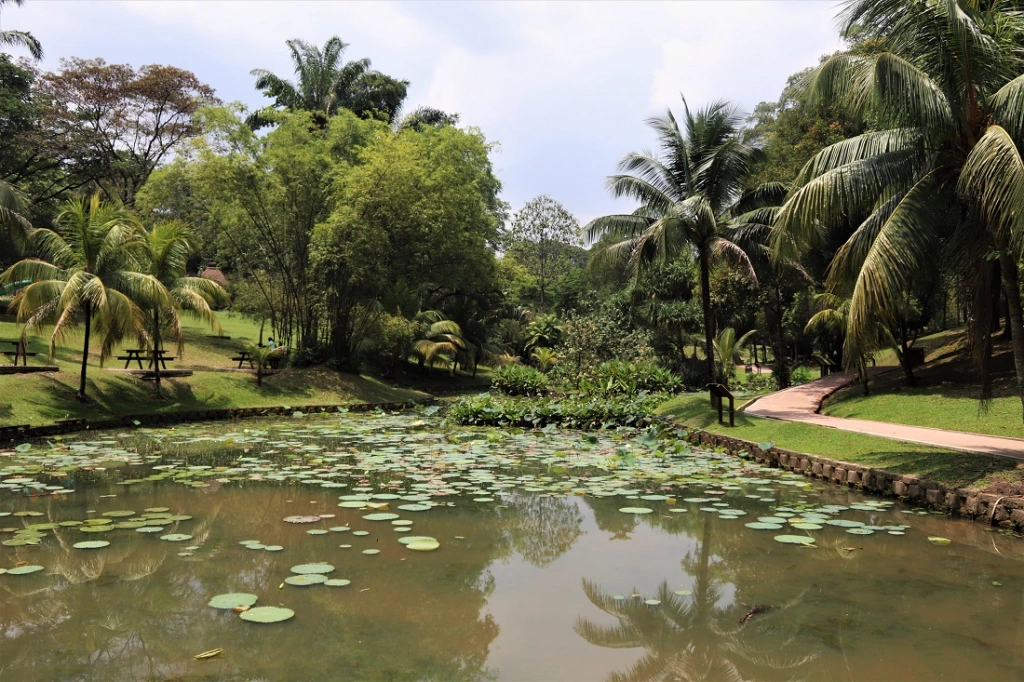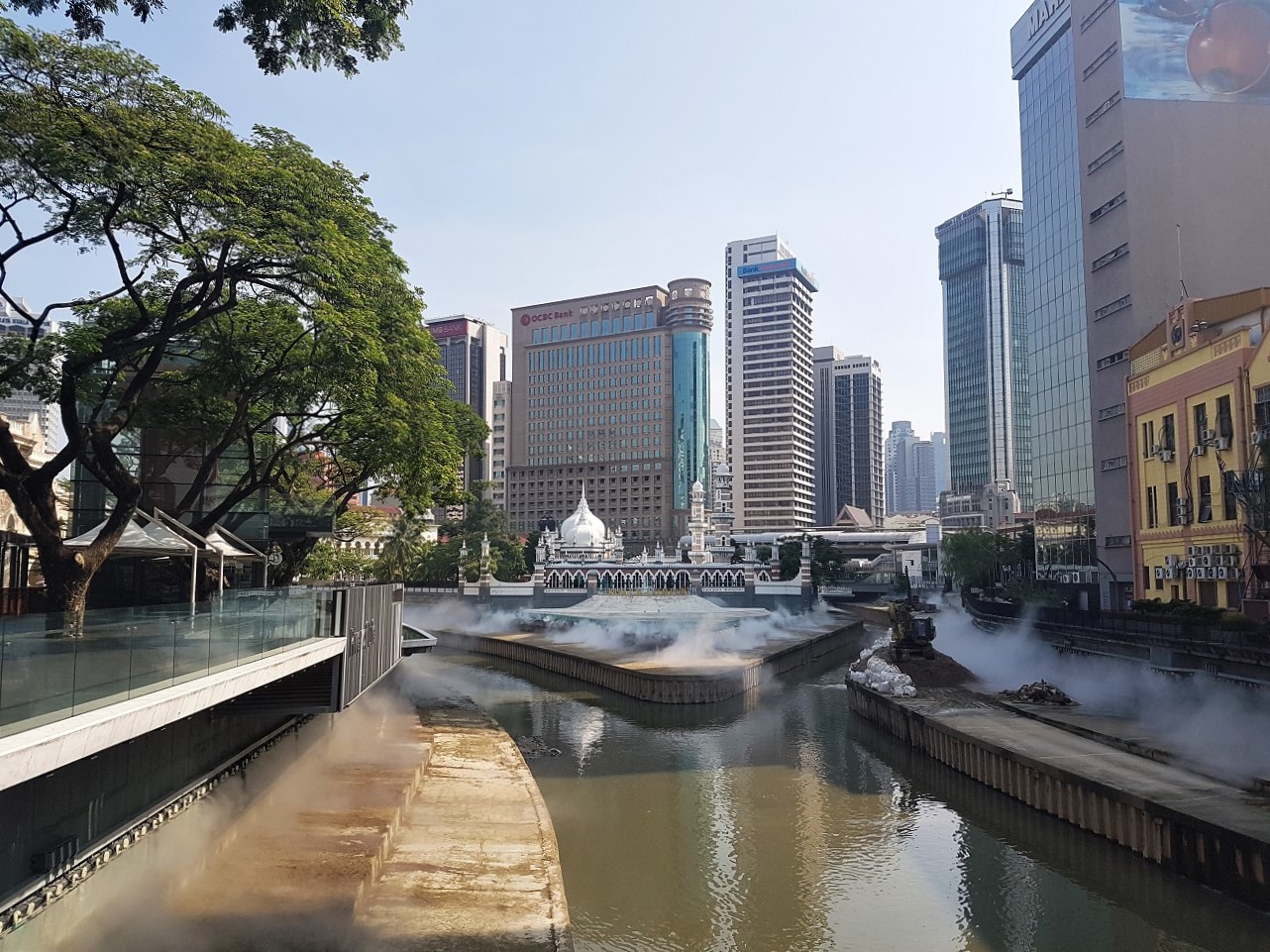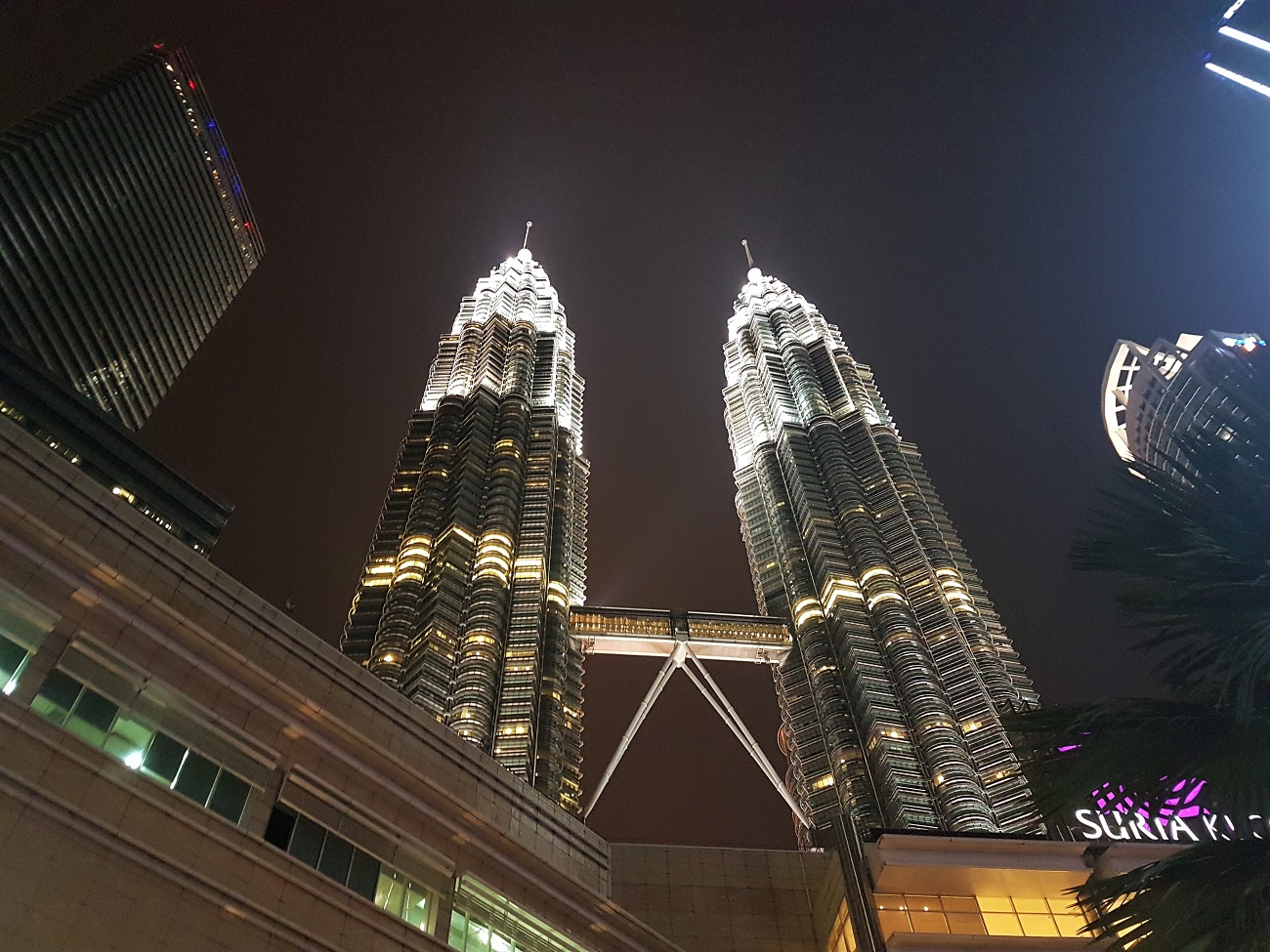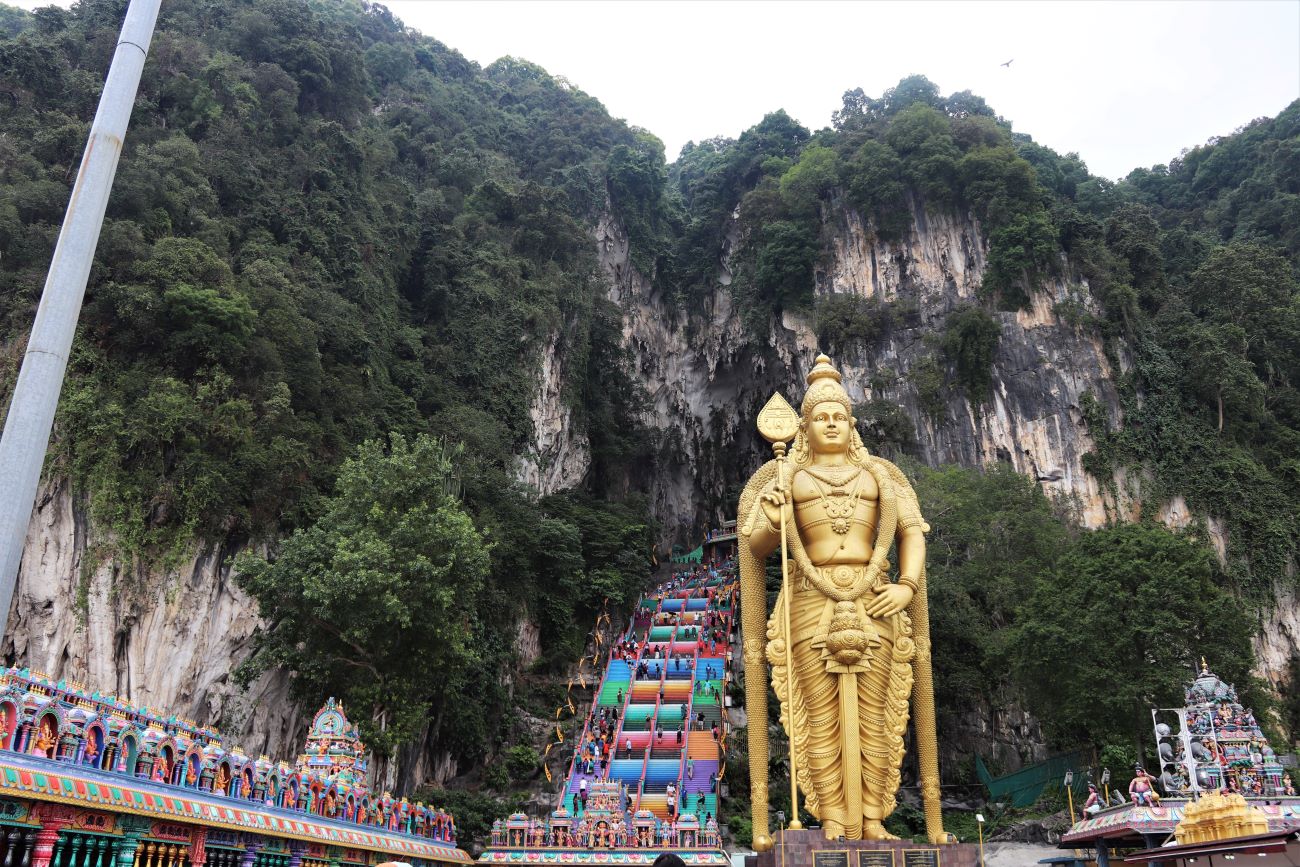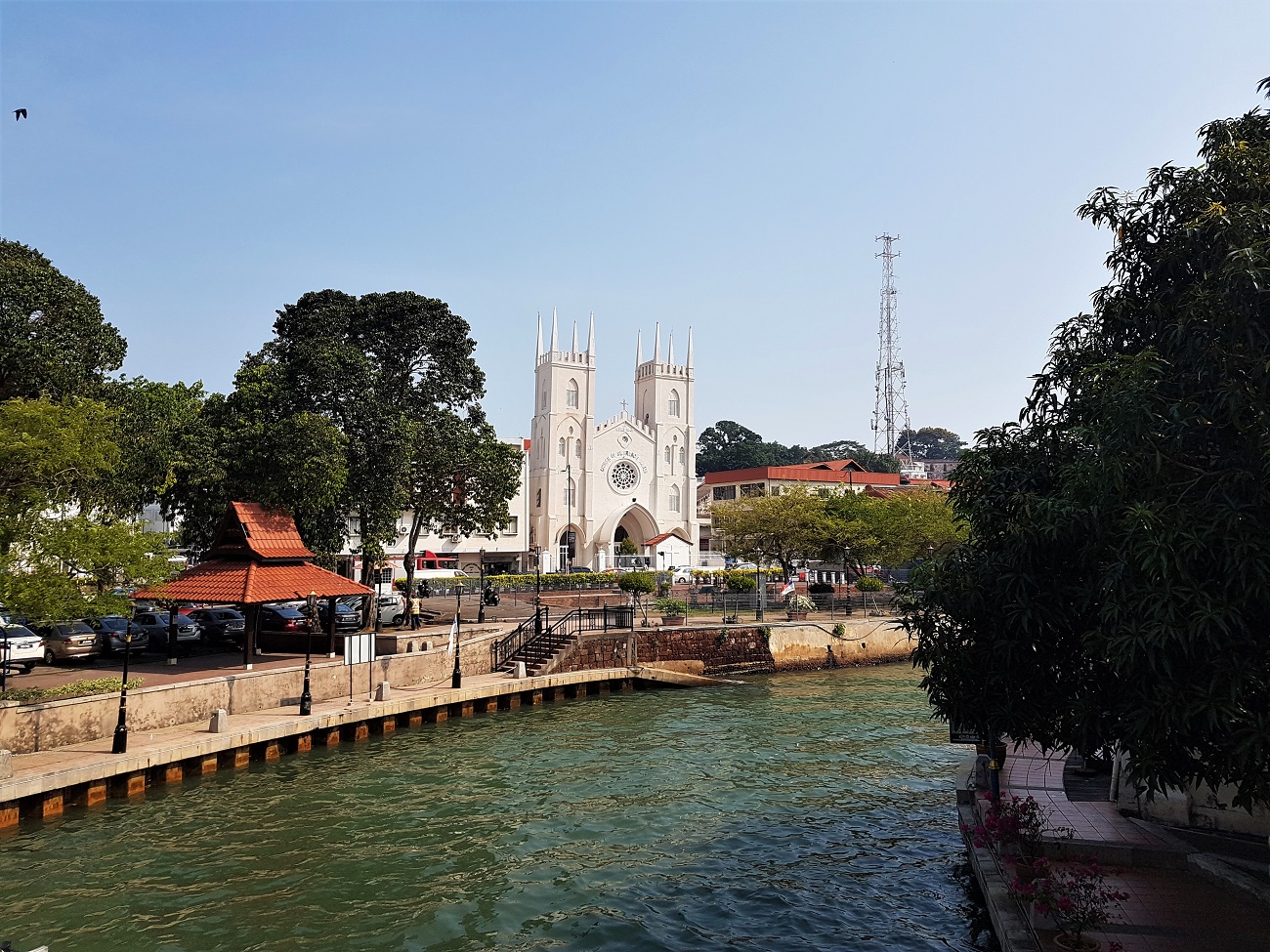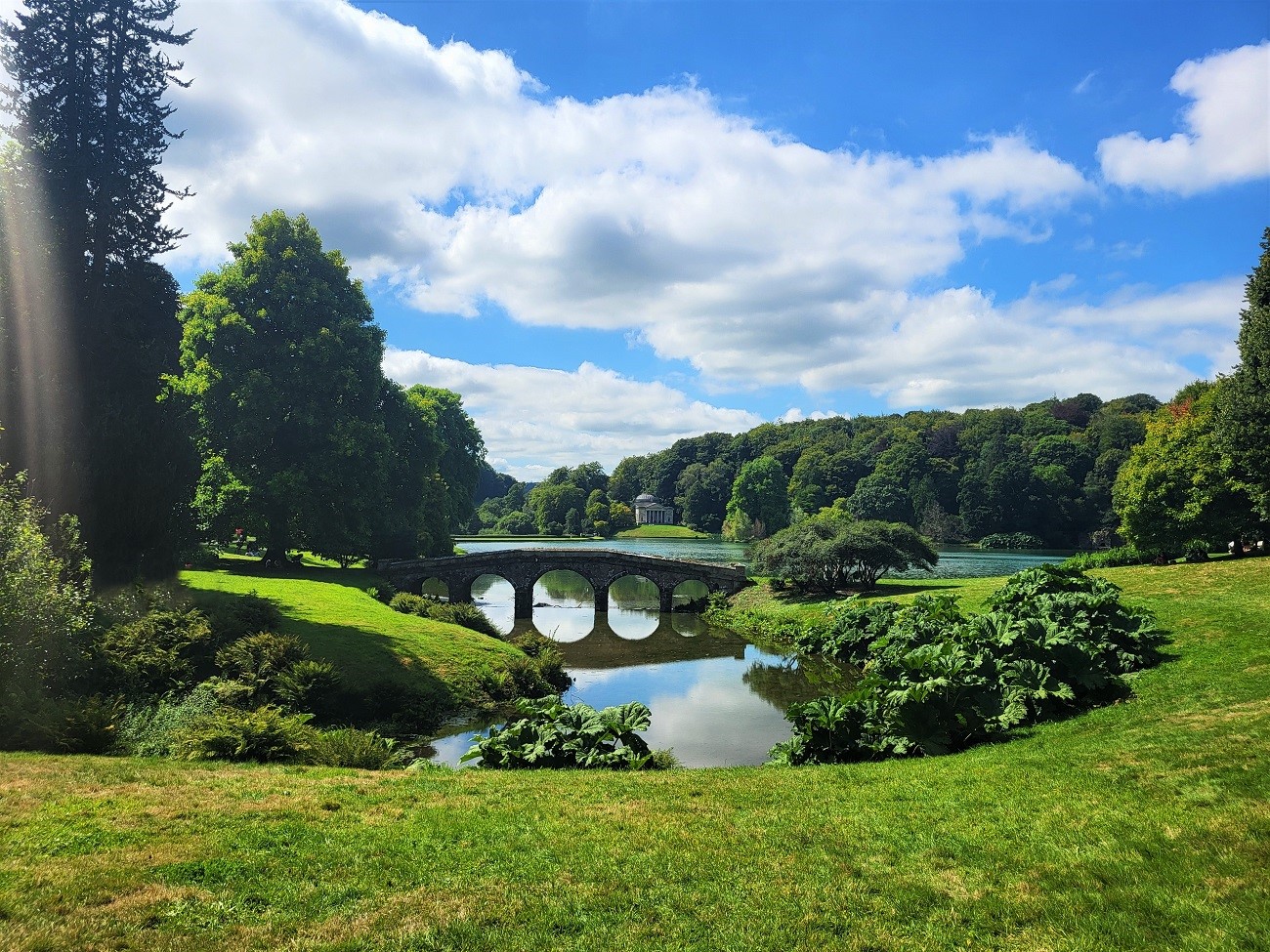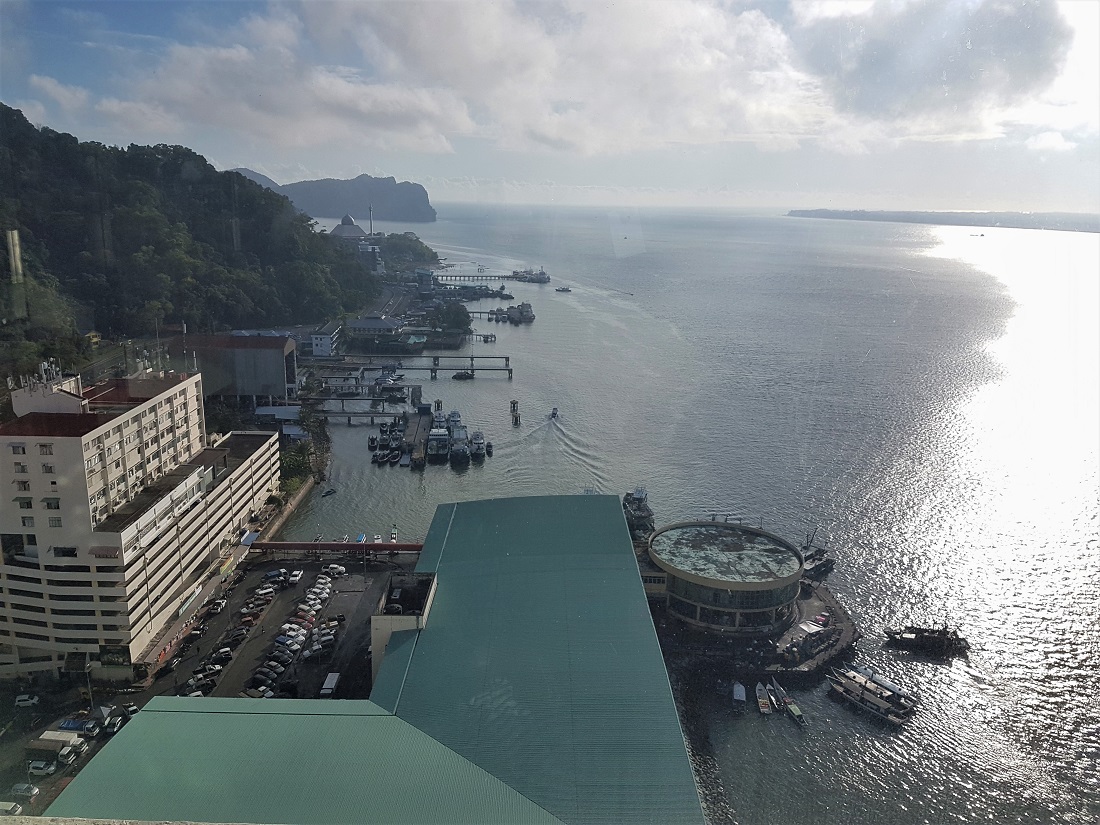When my friend told me we’d be spending the day on a barge near Maldon in Essex, I had visions of a genteel Rosie-and-Jim-style barge trip down a canal. I did wonder quite how we were not only going to fit 30 of us onto such a snug boat, but where on earth they’d serve us all afternoon tea. Much to my friend’s amusement, my fellow city-dwellers and I had quite the shock when we discovered the barge in question was actually a fairly large wooden sailing boat (unbeknown to us otherwise known as a barge). Maldon is a pretty,…
-
-
I spent my last afternoon in the Malaysian capital in the area around Perdana Botanical Garden to the west of the city centre, exploring the tranquil gardens and the superb Islamic Arts Museum. Before heading back towards KLCC Park to spend the evening with a cocktail in hand at the swish SkyBar at the Traders Hotel. Perdana Botanical Garden Perdana Botanical Garden is Kuala Lumpur’s oldest and biggest public park, having opened in 1889 as a recreational area for the British during the city’s colonial era. The 91.6 hectare site features a series of attractions, including an orchid garden with…
-
One of my favourite things to do when I travel is try the local cuisine, and thanks to its multicultural heritage, Malaysia is home to some of the best food I’ve ever eaten. Almost everything I ate was delicious and flavourful, even at the motorway service stations. I’m still dreaming of the kaya-filled steamed bun from the service station between KL and Melaka (top, above). So when I was given the opportunity to take a street food tour around Kuala Lumpur’s historic centre, I jumped at the chance. The tour began promptly at 9am in a small Indian restaurant, Restoran…
-
One of the most iconic sights in Malaysia, the Petronas Twin Towers are among the most recognisable buildings in the world. So there was no way I was going to Kuala Lumpur without stepping foot inside the identical 88-storey skyscrapers. Petronas Twin Towers Designed by the Argentinian architect César Pelli, the 1,483ft twin towers opened in 1999 and are linked by a skybridge connecting the 41st and 42nd floors. Tower One houses Petronas, Malaysia’s national oil and petroleum company, while Tower Two is home to a series of businesses, including big names such as Microsoft, Boeing and IBM. Built on…
-
Some eight miles north of Kuala Lumpur, you’ll find Batu Caves, one of the most important Hindu sites in Malaysia. The enormous limestone caves are home to a series of shrines and temples dedicated to the Hindu god Lord Murugan. Once used for shelter by the indigenous Orang Asli people, the caves were discovered in 1878 by the American naturalist William Hornaday. Thirteen years later they were turned into a shrine to the Hindu deity by the then-leader of the Tamil Hindus, K Thamboosamy Pillai, because the caves’ entrance resembled the tip of Lord Murugan’s spear. Today some one million…
-
Malaysia’s cool capital city is a mix of old and new: world-famous skyscrapers like the Petronas Twin Towers, modern Islamic architecture and the heritage buildings of its colonial past. I really liked Kuala Lumpur (or KL as it’s sometimes known for short) and had a great time there, but it’s not a city for pedestrians. It’s a nightmare to walk around and the public transport often, weirdly, doesn’t go to popular tourist destinations, which makes Grab (the Southeast Asian equivalent of Uber) a bit of a necessity. I started my two days in the city by visiting a trio of…
-
Thanks to its multicultural heritage, rich history and excellent food, vibrant, bustling Melaka is one of the most popular destinations in Malaysia. A brief history of Melaka Situated in the south-west of Peninsula Malaysia, the city (also known as Malacca) was founded at the start of the 15th century when Parameswara, a Sumatran prince, decided it was the perfect spot for his new empire. According to legend, Parameswara had been looking for somewhere to set up a new kingdom after being forced to flee his lands and decided to call his new base Melaka after a tree he’d been sheltering…
-
I’ve visited many a National Trust estate in my time, but Stourhead in Wiltshire is one of its finest. For the magnificent stately home, which is named after the source of the River Stour, boasts one of the prettiest and most idyllic landscape gardens in the UK. Unsurprisingly, its good looks have meant it’s had starring roles in films such as the Keira Knightley version of Pride and Prejudice and Stanley Kubrick’s Barry Lyndon. The estate dates back to the 18th century when Henry Hoare, a scion of the Hoare banking family, bought Stourton Manor and asked the Scottish architect…
-
On the shores of the Sulu Sea in northern Borneo, you’ll find the city of Sandakan, home to more than 400,000 people. The second biggest city in Sabah state, it’s the gateway to those looking to visit the wildlife in Sepilok and along the Kinabatangan River. But this seemingly ordinary city has a tragic past. A former British colony and the capital of British North Borneo, the city was destroyed by the occupying Japanese forces and Allied bombing during the Second World War. It was also the site of one of the cruelest atrocities in the Pacific War, and the…
-
“If you feel shaking in the middle of the night, don’t worry, it’ll just be a pygmy elephant rubbing up against your hut.” So were the immortal words of my guide as I checked into the jungle lodge that was to be my home for the next two nights. Welcome to the Kinabatangan River! Situated in northern Borneo’s Sabah state, this enormous river – the second longest in Malaysia – is a haven for wildlife. Orangutans, monkeys, pygmy elephants, hornbills, crocodiles, clouded leopards, kingfishers and more all call the area home. Sadly I didn’t see any pygmy elephants during my…


